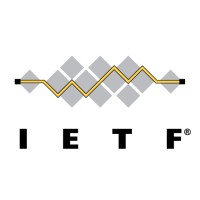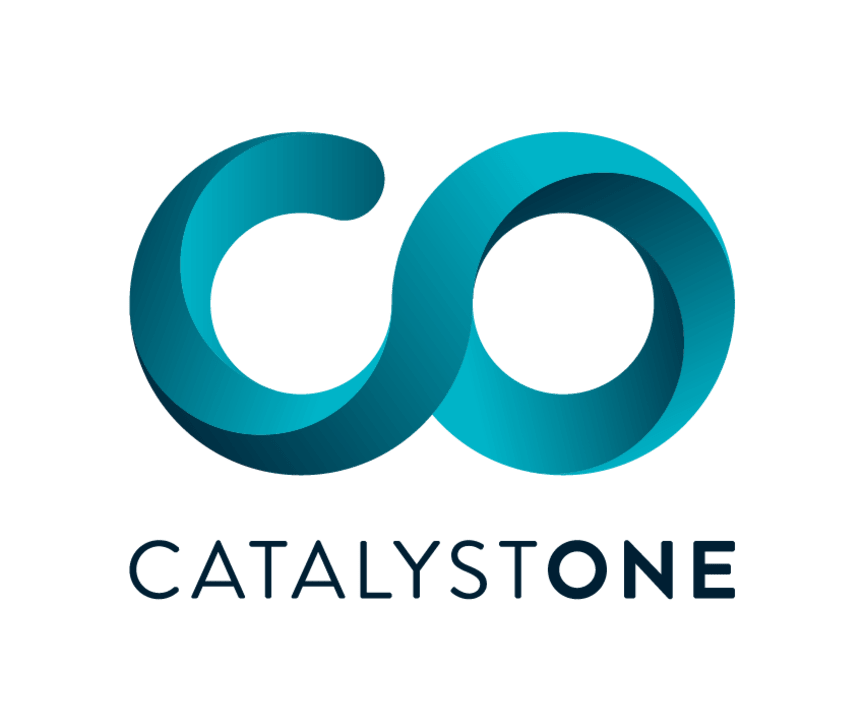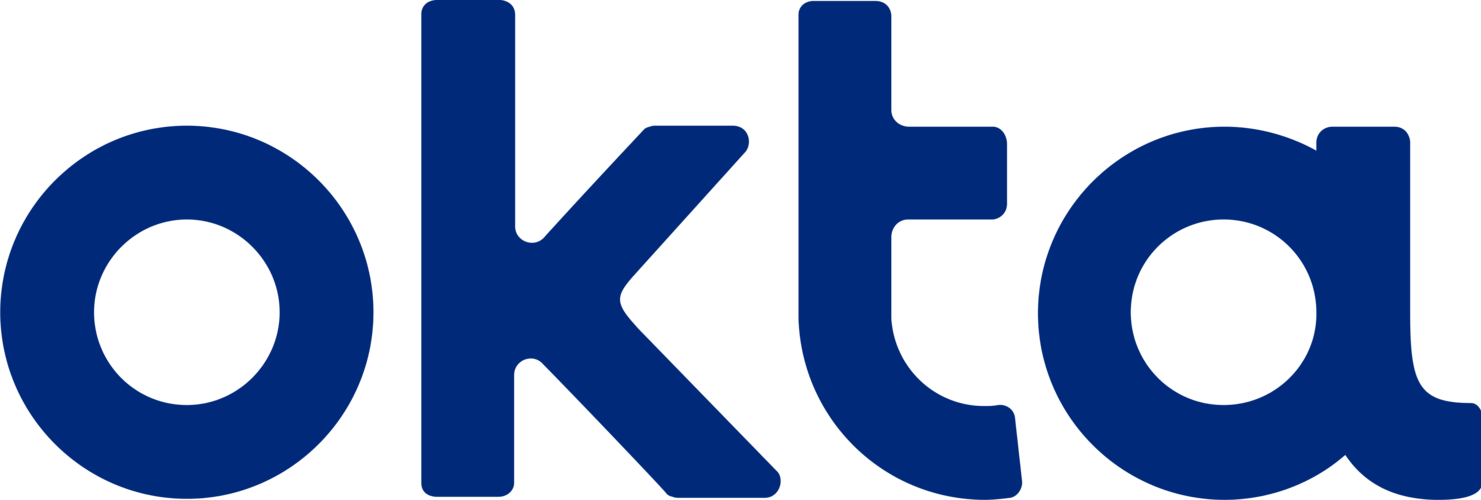Standards

SAML
Security Assertion Markup Language (SAML) is an open standard for exchanging authentication and authorization data between parties, in particular, between an identity provider and a service provider. SAML is an XML-based markup language for security assertions (statements that service providers use to make access-control decisions). SAML is also:
- A set of XML-based protocol messages
- A set of protocol message bindings
- A set of profiles (utilizing all of the above)
An important use case that SAML addresses is web browser single sign-on (SSO). Single sign-on is relatively easy to accomplish within a security domain (using cookies, for example) but extending SSO across security domains is more difficult and resulted in the proliferation of non-interoperable proprietary technologies. The SAML Web Browser SSO profile was specified and standardized to promote interoperability.
OIDC
OpenID Connect (OIDC) is the third generation of OpenID technology. It is an authentication layer on top of the OAuth 2.0 authorization framework. It allows computing clients to verify the identity of an end user based on the authentication performed by an authorization server, as well as to obtain the basic profile information about the end user in an interoperable and REST-like manner. In technical terms, OpenID Connect specifies a RESTful HTTP API, using JSON as a data format.
OpenID Connect allows a range of parties, including web-based, mobile and JavaScript clients, to request and receive information about authenticated sessions and end users. The OpenID Connect specification is extensible, supporting optional features such as encryption of identity data, discovery of OpenID providers, and session management.
SCIM
System for Cross-domain Identity Management (SCIM) is a standard for automating the exchange of user identity information between identity domains or IT systems.
One example might be that as a company onboards new employees and separates from existing employees, the employees are added or removed from the company’s electronic employee directory. SCIM could be used to automatically add/delete (provision/de-provision) accounts for those users in external systems such as MS 365, Salesforce etc. Then, a new user account would exist in the external systems for each new employee, and the user accounts for former employees may no longer exist in those systems.
In addition to simple user-record management (creating & deleting), SCIM can also be used to share information about user attributes, attribute schema, and group membership. Attributes could range from user contact information to group membership. Group membership or other attribute values are generally used to manage user permissions. Attribute values and group assignments can change, adding to the challenge of maintaining the relevant data across multiple identity domains.
The SCIM standard has grown in popularity and importance, as organizations use more SaaS tools. A large organization can have hundreds or thousands of hosted applications (internal and external) and related servers, databases and file shares that require user provisioning. Without a standard connection method, companies must write custom software connectors to join these systems to their IdM system.
SCIM uses a standardized API through REST with data formatted in JSON or XML.
LDAP
The Lightweight Directory Access Protocol (LDAP) is an open, vendor-neutral, industry standard application protocol for accessing and maintaining distributed directory information services over an Internet protocol (IP) network. Directory Services play an important role in developing intranet and Internet applications by allowing the sharing of information about users, systems, networks, services, and applications throughout the network. As examples, directory services may provide any organized set of records, often with a hierarchical structure, such as a corporate email directory.
LDAP is specified in a series of IETF Standard Track publications called RFCs.
A common use of LDAP is to provide a central place to store usernames and passwords. This allows many different applications and services to connect to the LDAP server to validate users.
LDAP is based on a simpler subset of the standards contained within the X.500 standard. Because of this relationship, LDAP is sometimes called X.500-lite.











